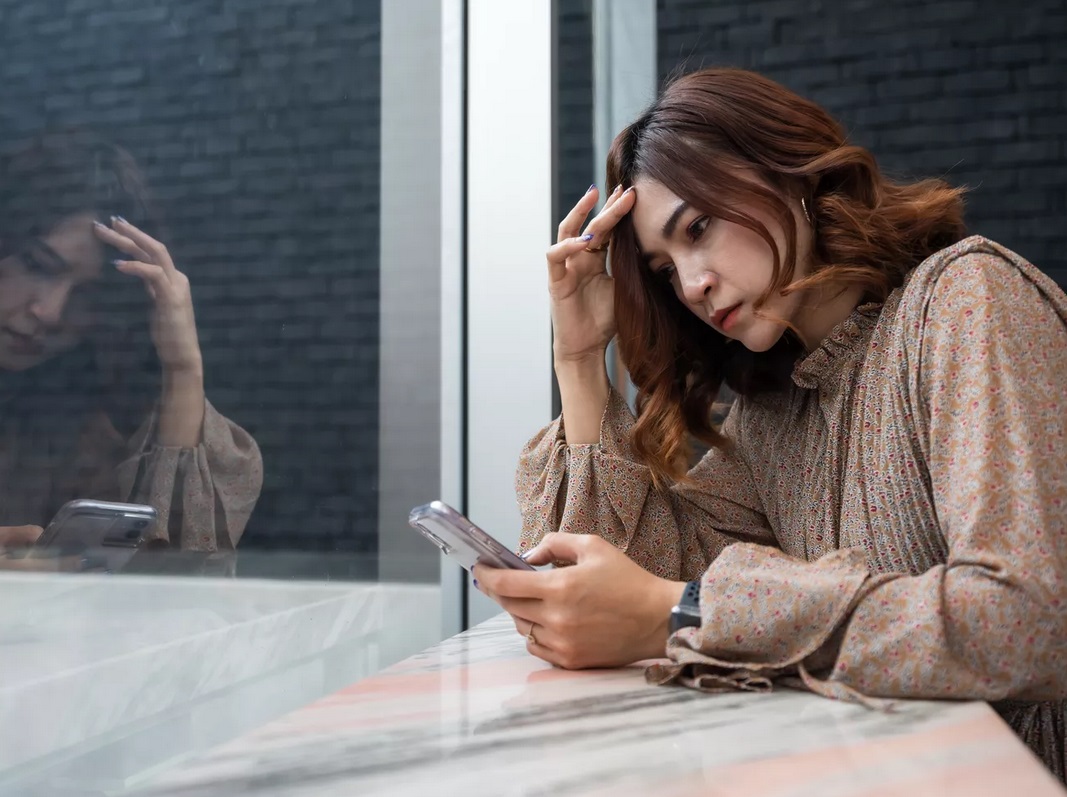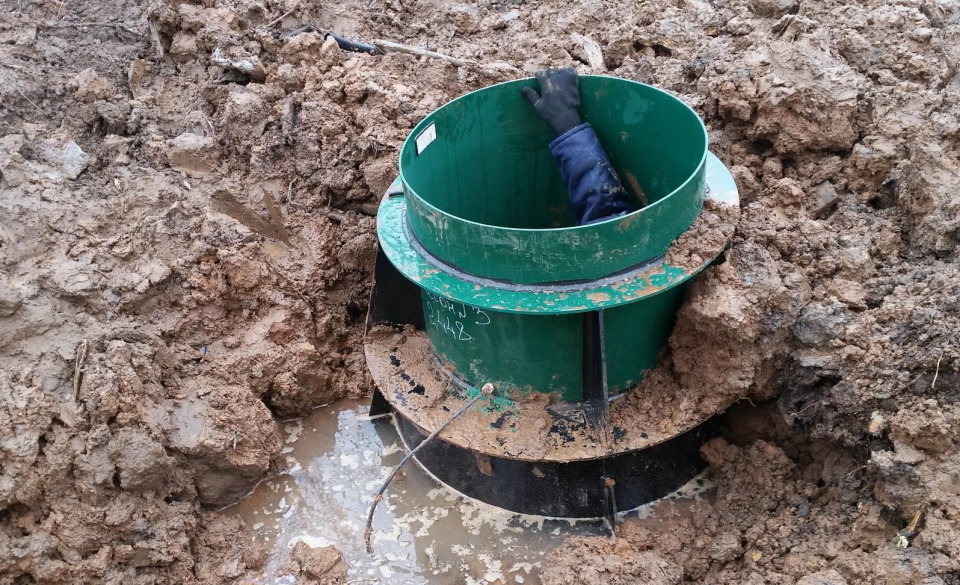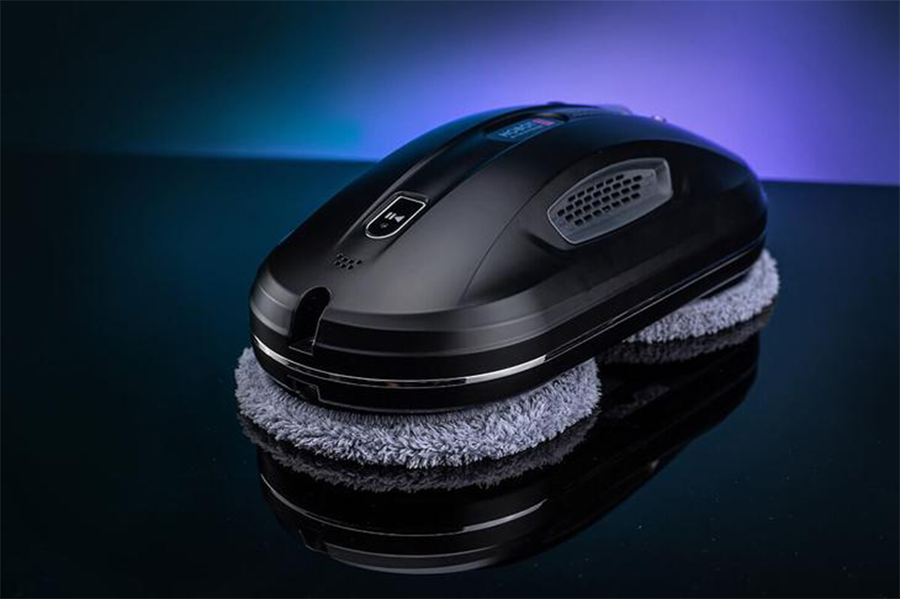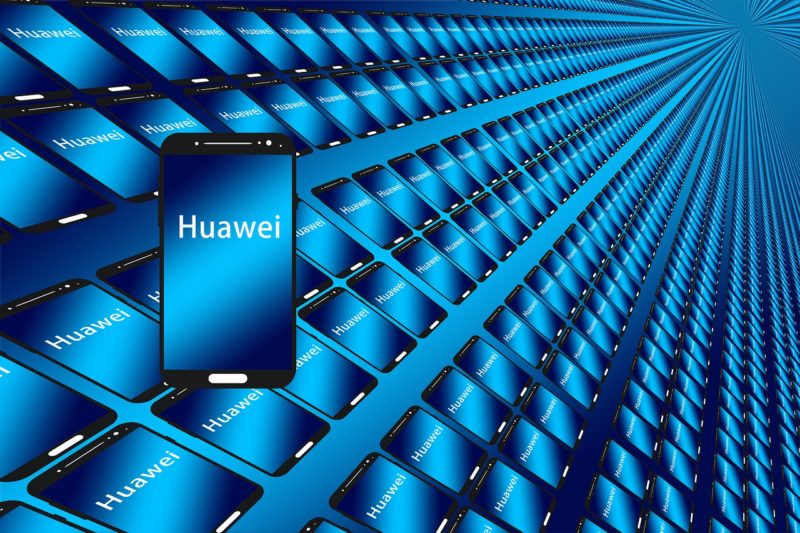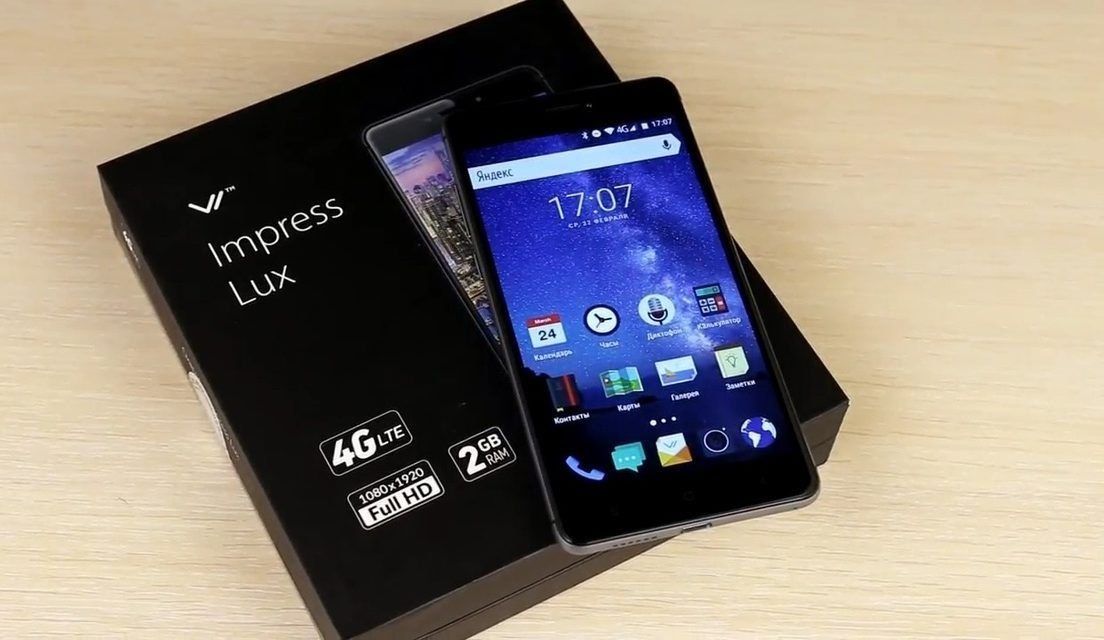Rating of the best non-woven wallpaper for 2025
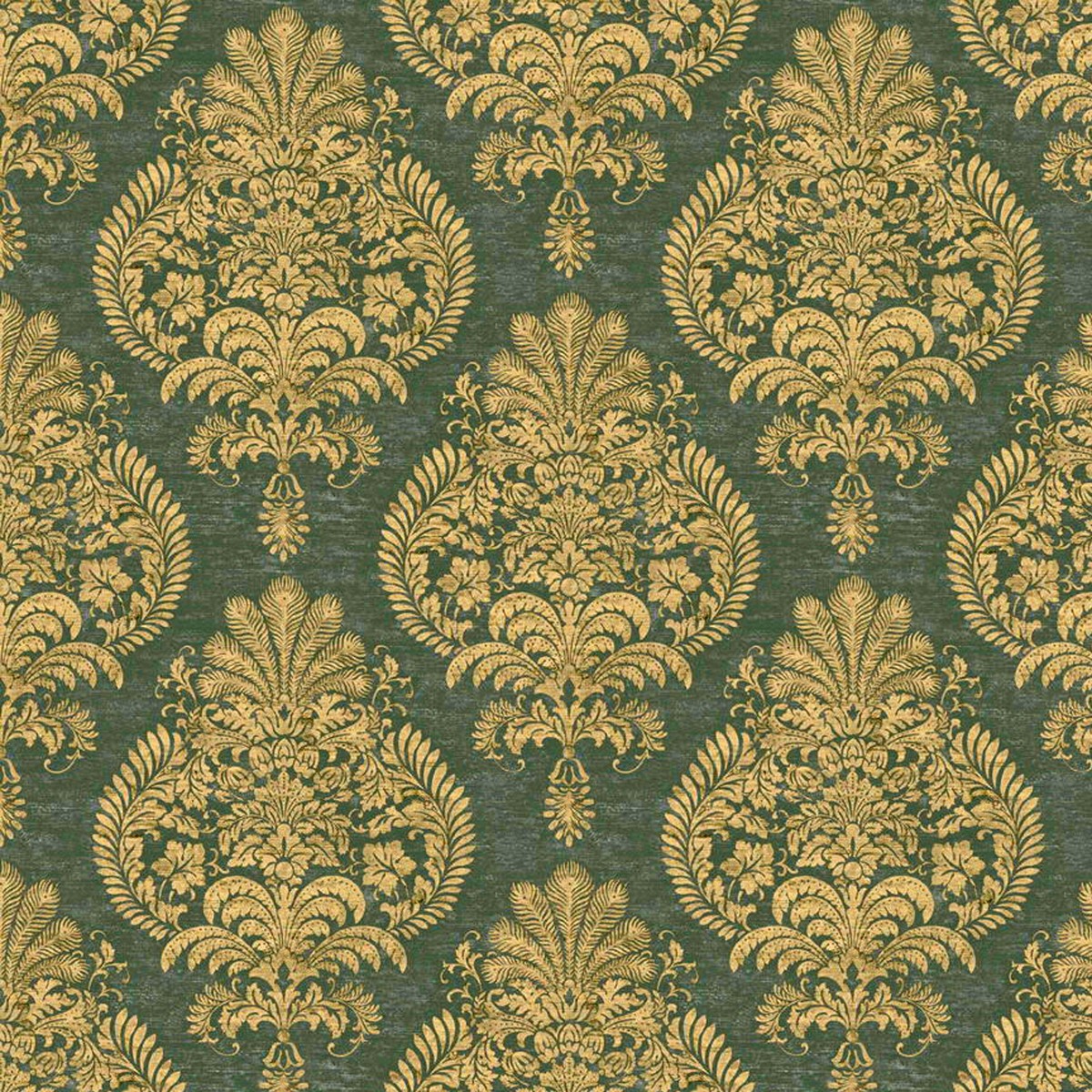
One of the most popular finishing materials for walls today are non-woven wallpaper. They have received their wide distribution due to a large assortment range and some technical advantages, such as the possibility of re-painting, as well as the special ease of operation and maintenance. With their help, you can give any interior a modern and original look.
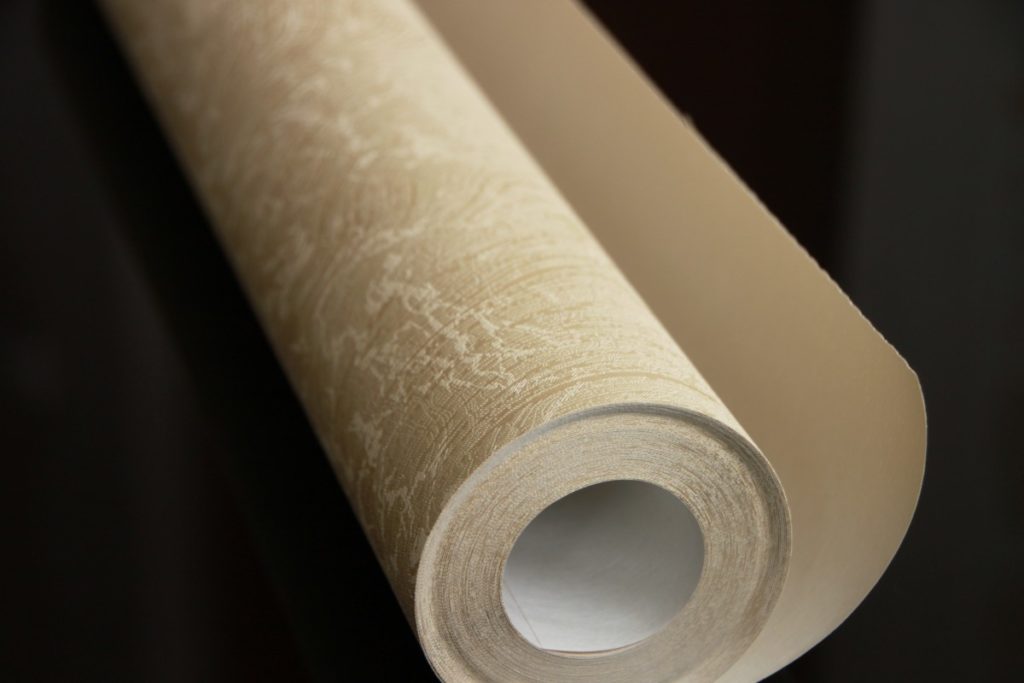
Content [Hide]
General information
Interlining is a whole group of materials, which are united by certain features. All such materials are non-woven and are made on the basis of cellulose. During production, cellulose fibers are subjected to technological processing and modification, which increases the level of their adhesion to each other, increases the overall strength, and polyester is added to give them elasticity. Depending on the technology used, the following can be additionally added to the structure of non-woven fabric:
- adhesive substances;
- Lacquer inclusions (increasing shine);
- adhesive additives.
The basis of the production process is the high-temperature treatment and high pressure applied to the primary raw materials, through which the formation of the final material takes place. Sometimes, wallpaper material can be covered with vinyl or paper on top, in order to give the product special aesthetic properties. The resulting fabric will always have an increased coefficient of density and tensile strength. Usually, the described standard wallpaper is very thin and even weighs less than the classic paper counterparts, which implies the use of special adhesives for gluing them. Most manufacturers immediately recommend a particular suitable brand of adhesive for their product, which will provide maximum adhesion to the wall.At the same time, non-woven fabric is not a completely environmentally friendly material, due to the presence of many synthetic components in its structure. However, this is offset by a long service life, good conditioning properties and a rather budget price.
The standard production process for this type of wallpaper is as follows:
- Cellulose fibers pressed by a special method are used as a base;
- If it is planned to produce textile, paper or vinyl interlining, then primary base fibers are covered with such coatings, and the resulting workpiece is heated and pressed. If interlining is supposed to be the only component, this step is skipped;
- At the final stage, the still heated canvas is treated with various protective and auxiliary additives, for example, polyester (to give elasticity).
Modern types of non-woven wallpaper
If we do not take into account canvases based on pure material, then three main types can be distinguished from standard coatings.
- Vinyl.
This variation is actually the most popular. Its top layer is made of polyvinyl chloride, which has the following advantages:
- Increased resistance to any mechanical stress;
- It has a good protective impregnation, which allows you to care for such wallpaper with ordinary detergents;
- It has a sufficient degree of moisture resistance, which allows the use of wallpaper in rooms with high humidity;
- The product range is replete with many samples of surface textures and shades.
IMPORTANT! The latest innovation for non-woven wallpaper with a vinyl layer was the possibility of producing them with a microporous surface, which would provide improved vapor permeability.
- Paper.
These samples are characterized by a very affordable price, which is fully combined with the appropriate level of product quality. Most often, samples with a paper layer are used in children's rooms, as they allow air to pass through more easily. The basis of such a product is a paper base, which is impregnated with special hardening additives. Paper layers in the composition can be from one to three. The main disadvantage is the inability to use in rooms with high humidity.
- Textile.
This variation has a very presentable appearance. The product is based on two layers:
- The first is high-quality textiles, which can be linen, silk, velor or other dense fabric;
- The second is a non-woven base, which plays the role of a substrate for hardening and increasing the service life.
Textile samples are far from cheap and require more careful care for themselves, because they can very quickly accumulate dust on the surface.
- Clean interlining (for painting).
It is a high density rough canvas that is usually dyed in shades of gray, white or cream. Completely consists of cellulose fibers without any inclusions. The main feature is the possibility of re-painting, where the number of re-paints can reach 6-7 times. Perfectly will be suitable for drawing latex, water-based or acrylic paint and varnish solutions.
Advantages and disadvantages
The undoubted advantages of this type of paintings include:
- High strength - the canvas is both thin and very durable, which is great for hiding small defects on the wall surface (for example, cracks and scratches).
- Moisture resistance - the base allows normal two-way air circulation, but does not let water through. From this it is clear that condensation between the wall and non-woven fabric will not accumulate, and this will prevent the occurrence of fungus.
- Fire safety - due to its technical features, non-woven fabric does not support open combustion, thereby preventing fire from spreading (unlike paper variations).
- Lightfastness - the wallpaper layer quite reliably withstands direct exposure to UV rays and does not fade, which indicates the long-term possibility of maintaining the original color palette.
- Ease of pasting - applying an adhesive layer on the wallpaper itself is not required, only the wall needs to be treated with glue. Therefore, the consumption of adhesive will decrease, as well as the overall financial costs of repairs. Moreover, non-woven fabric is easily glued to many surfaces - from brick and concrete to wood, drywall and chipboard.
- Reusable staining - high-quality samples of the type in question can be repainted up to 7 times.
A few shortcomings include the following:
- Average level of environmental friendliness - interlining is a fully synthetic material, even if it contains paper layers;
- High price - most of the goods of this type are produced and supplied from abroad, which clearly increases their cost for the Russian consumer;
- Susceptibility to excessive accumulation of dust - the reason for this is the static effect inherent in most synthetic materials.
The main differences between non-woven wallpaper from fully vinyl
These two types will differ in the following parameters:
- Weight - vinyl samples have more weight than non-woven ones.
- Texture - non-woven models have a large variability in patterns and patterns, as well as directly in the forms of physical structures, with which you can hide minor wall defects. And purely vinyl samples are even poorly suited for repeated repainting.
- Wear resistance - according to this parameter, vinyl models bypass the considered type, because their destruction begins only when crossing the border in 12 years of operation.
- Sticking - to apply non-woven models, you only need to process only the wall, while vinyl models will require both their own processing and processing of the wall.
Care Tips
In order to extend the service life of the type of wallpaper under consideration, the following points should be followed:
- If the product has a textile or paper layer, then it is absolutely impossible to wash it. Cleaning of dirt and dust from it is done with a dry cloth or vacuum cleaner;
- If the product has a vinyl layer, then its cleaning is allowed with standard detergents. This also applies to clean interlining that has been dyed;
- In any case, each similar product has recommendations for cleaning from the manufacturer, which is present in the information part of the product label.
Features of gluing and painting
Sticking
Professionals recommend applying glue to a section of the wall that will be equal in width to the canvas itself, while only a slight overrun of these boundaries is allowed in order to ensure maximum fit. The adhesive layer should be applied as evenly as possible so that the wallpaper can hide the existing flaws on the vertical surface.
The workflow should start from top to bottom, while the canvas must be pressed very tightly against the wall, while smoothing each worked area with a soft brush or roller (from the center of the area to the edges). If the wallpaper to be glued has a bright texture, then it is preferable to use a special roller on them and, when pressed, do not allow excessive muscular effort, because this can damage the pattern. After the canvas lay on the wall, it is necessary to cut it from above and below by about 2-3 centimeters (which are necessary to prevent the placement of skirting boards). This operation is best done with a spatula in order to obtain the most even cut line. Next, using a slightly dampened sponge, you need to wipe off excess glue around the edges.
The next section must be glued butt-to-butt to the previous one, because. after the glue dries, the base will shrink and gaps will easily form if the seal is loose. Again, if the wallpaper has a clear texture, then the pattern in both areas should be aligned exactly in parts with each other.
Experts do not recommend gluing a completely solid non-woven fabric to non-professionals on their own, as this can cause problems with the exact filling of corner spaces. It is better to use separate medium-sized strips, which will be convenient to close the corner joints, which are rarely accurate and straight in Russian apartments. To do this, use a technology in which the canvas intended to cover the corner will overlap it from one side of the wall to the other by at least 2 centimeters. In any case, even with a large overlap, the excess can always be cut with a spatula so that a separate strip rests directly on the corner.
Painting
The first painting of a clean non-woven fabric should be done only when it is completely dry after gluing. For the dyeing process, professionals recommend using a water-dispersion-based latex composition (although acrylic and emulsion paints are also acceptable). The indicated choice is due to the fact that latex coatings are safe, environmentally friendly and dry quickly. It is preferable to apply paint with a foam rubber roller (or with a long pile) - it will be more convenient to paint over the relief component of the wallpaper.
In principle, the whole process of painting is not much different from painting bare walls. If you want to tint the coloring composition, then you need to perform this procedure in advance, while preparing a sufficient supply (later it will be more difficult to choose the exact shade). Next, the paint is poured into a special tray, a roller is rolled out there, and then, after squeezing out the excess, it is applied to the wallpaper. It is advisable to apply a couple of layers on non-woven fabric at once - this way you can achieve uniformity and better layer density.
Corners must be painted over exclusively with a brush, because they are hard-to-reach places with limited maneuverability. If you want to closely "come" to the already installed plinth, then before painting it should be protected with construction tape. The room will be completely ready for use only after the complete drying of the coloring composition.
Difficulties of choice
When buying this type of wallpaper, you should follow a few simple tips:
- The best product has the greatest thinness of the web and has a somewhat rough surface. A consumable with such qualities will be very easy to make any joints between sections (and in the corners) practically invisible.
- If it is planned to purchase a clean product exclusively for tinting, then it should be understood that after dyeing such a canvas will “breathe” with difficulty. This means that it cannot be placed in rooms with high humidity.
- When choosing a product with a clearly defined texture for painting, it is necessary to take into account the fact that with each layer of newly applied paintwork materials, the texture of the material (bulge and roughness) will decrease. If the plans immediately include future multiple painting, then it is better to choose a product with the highest possible relief.
- You can always distinguish the type of non-woven wallpaper with the help of an information label, and you can independently check the composition of the layer visually - just look at the cross section (vinyl, textile, paper inclusions or the absence of them will be easily visible in it).
- After buying the right product, it is better to immediately take care of choosing the right glue. Usually, such compositions are recommended by the manufacturer, which is indicated on the information label.
Rating of the best non-woven wallpaper for 2025
Budget segment
3rd place: "Germes-21" foam washable (10.05 m x 0.53 m), embossed, brick-like "
votes 0
The product has a three-dimensional relief, i.e. decorative brick finish. The length of the canvas is 10.05 m, the width is 0.53 m, direct docking. Production - Belarus. It is made of high-quality washable material by screen printing, the canvas is light, soft, pleasant to the touch. The adhesive is applied directly to the surface to be glued (wall). Model "Hermes-21" is great for the kitchen, living room, hallway, bedroom, children's room, as well as for the office or study.Classic design, colors and textures are truly versatile, look very stylish and fit perfectly into any interior, filling the room with an atmosphere of coziness and comfort. Lovers of loft style, as well as classic and modern design, will especially like the texture and print of this model. The recommended cost for retail chains is 844 rubles.

- Moisture-resistant (washable) wallpaper, which allows you to handle them with a damp cloth and is sometimes simply an indispensable property, especially if you use them in the kitchen;
- Do not fade and are not afraid of sunlight;
- They are wear-resistant, able to visually hide small defects in the walls.
- There may be difficulties with the combination of relief in some areas.
2nd place: "Erismann" No. 60140-07"
votes 0
The ornament is made in dark blue tones, and the texture, pleasant to the touch, will give the wall surface coziness and comfort. The material is perfect for the living room, bedroom, nursery, corridors. Typically, such products are bought for the decoration of apartments for rent and for apartments for sale, where the issue of price and practicality often becomes more important than decor. The recommended cost for retail chains is 940 rubles.

- The model is made of high quality materials, easy to glue;
- High resistance to washing, which makes the product practical and easy to clean;
- The roll is cut to the most common and convenient format.
- Not detected.
1st place: "Je t'aime Floristry" hot stamping 1.06x10 m
votes 0
The model is considered the best choice for self-sticking.The canvas does not need to be lubricated with glue, it does not tear, does not stretch or break. If desired, you can not cut in advance and glue directly from the roll. Other positive qualities include moisture resistance, resistance to damage and UV rays, the ability to hide flaws in the base. Due to the reinforcing properties, such a coating can be glued to a surface with small cracks. The wide blade helps to reduce the number of seams and create the effect of a seamless surface. For gluing, a special non-woven adhesive is used. The recommended cost for retail chains is 1300 rubles.

- Docking via direct fit;
- Special moisture resistance;
- Variability of application - bedroom, living room, kitchen.
- Not detected.
Middle price segment
3rd place: "Home Color" meter HC71535, for the nursery, luminous"
votes 0
This textured, water-resistant material is characterized by ease of cleaning through a complete wash. It has a non-woven base and a vinyl coating. Wonderful is a line that has a calm color palette and creates a special mysterious atmosphere, while glowing stars in the dark organically complement the interior with a magical charm. Picture - stars glowing in the dark. The recommended cost for retail chains is 2173 rubles.

- Increased environmental friendliness;
- Innovative night illumination;
- Standard roll format.
- Not detected.
2nd place: "Decori-Decori" No. 72877 Luce"
votes 0
This product will allow you to make repairs quickly and efficiently - the glue should only be applied to the wall, having previously primed it.The surface features a classic Damascus pattern. In the past, fabrics with this ornament could only afford to know. The product is made in a mysterious oriental style. As a result, a luxurious collective image was obtained, in which there are attributes of Egypt, the Middle East, China, India and even African elements. Oriental style is distinguished by love for small details, bright colors, aggressive drawing and contours. The product will look good in the hall where it is customary to meet guests. The color scheme that is conducive to communication and a decent texture will create a cozy and relaxed atmosphere. The recommended cost for retail chains is 6600 rubles.

- Original texture and high relief;
- High-quality manufacturing material;
- Decent value for money.
- Not detected.
1st place: "Wellton Fliz" painting, density 150 g/m2, 1x25m WF150"
votes 0
This finishing material is widely used for construction and repair work indoors. The use of such a canvas for painting allows not only to mask small existing cracks on the walls and ceilings, but also to avoid the appearance of new ones. When glued, an even coating is formed, which can be repeatedly repainted or used as a basis for any other decorative finish. The material, made from textile and cellulose fibers using polymer binders, has unsurpassed lightness and strength. Since only natural raw materials are used in production, the product is a highly environmentally friendly product that is absolutely safe to use.It is widely used in residential and office buildings, where durability and a high degree of wear resistance are not required, but high aesthetic requirements for finishing remain. You can stick this painting material on almost any carefully primed surface: plaster, drywall, old paint, plastic surfaces, old wallpaper bases, wooden boards and chipboard. The recommended cost for retail chains is 7620 rubles.

- Ease and freedom of docking;
- Possibility of gluing on different surfaces;
- Increased environmental friendliness.
- Not detected.
Premium class
2nd place: "Erfurt Vliesfaser 738" fine decorative plaster"
votes 0
The sample has an embossed structure that imitates fine decorative plaster. It has an attractive texture and ease of application. Glued without impregnation and fits perfectly at the seams. Durable embossing has anti-vandal properties and is not amenable to household abrasion. Wallpapers are made of 100% non-woven fabric without PVC and plasticizers and are safe for health. The recommended cost for retail chains is 7800 rubles.

- Ideal base for staining;
- Low paint consumption;
- Do not require time for impregnation;
- Stable structure;
- Prevent the formation and propagation of cracks.
- Not detected.
1st place: "Stone sheet" - mountain lake, beige, seamless interlining"
votes 0
This seamless, premium quality wall cladding is made from heavy canvas, marble-filled and a sustainable acrylic binder.The fresco is printed with eco-friendly imported paints (NO ODOUR!). The texture of the canvas is slightly rough, uniform, which makes it easy to combine it with other coatings (wallpaper, paint, textured plaster). Non-flammable, water-based glue and varnish included. Can be used in children's and commercial areas. The base is a dense canvas (density 260 g/sq.m.) which makes it easy to assemble. After gluing, the fresco can be covered with a special water-based protective varnish. The material is moisture resistant, has anti-vandal properties, is resistant to mechanical damage, paints do not fade over time. The recommended cost for retail chains is 29,000 rubles.

- Author's drawing;
- Seamless sticking;
- Variety of sizes.
- Too high price.
Conclusion
Today, non-woven wallpaper is a popular finishing material, due to its excellent performance properties. This is one of the few types of wallpaper that can be painted and repainted. In addition, such a coating is able to mask some wall defects and provide them with an excellent appearance. To enjoy all the advantages of the material in question, it is enough to choose it competently and glue it correctly.
new entries
Categories
Useful
Popular Articles
-

Top ranking of the best and cheapest scooters up to 50cc in 2025
Views: 131650 -

Rating of the best soundproofing materials for an apartment in 2025
Views: 127689 -

Rating of cheap analogues of expensive medicines for flu and colds for 2025
Views: 124517 -

The best men's sneakers in 2025
Views: 124031 -

The Best Complex Vitamins in 2025
Views: 121938 -

Top ranking of the best smartwatches 2025 - price-quality ratio
Views: 114979 -

The best paint for gray hair - top rating 2025
Views: 113393 -

Ranking of the best wood paints for interior work in 2025
Views: 110318 -

Rating of the best spinning reels in 2025
Views: 105327 -

Ranking of the best sex dolls for men for 2025
Views: 104365 -

Ranking of the best action cameras from China in 2025
Views: 102215 -

The most effective calcium preparations for adults and children in 2025
Views: 102010
